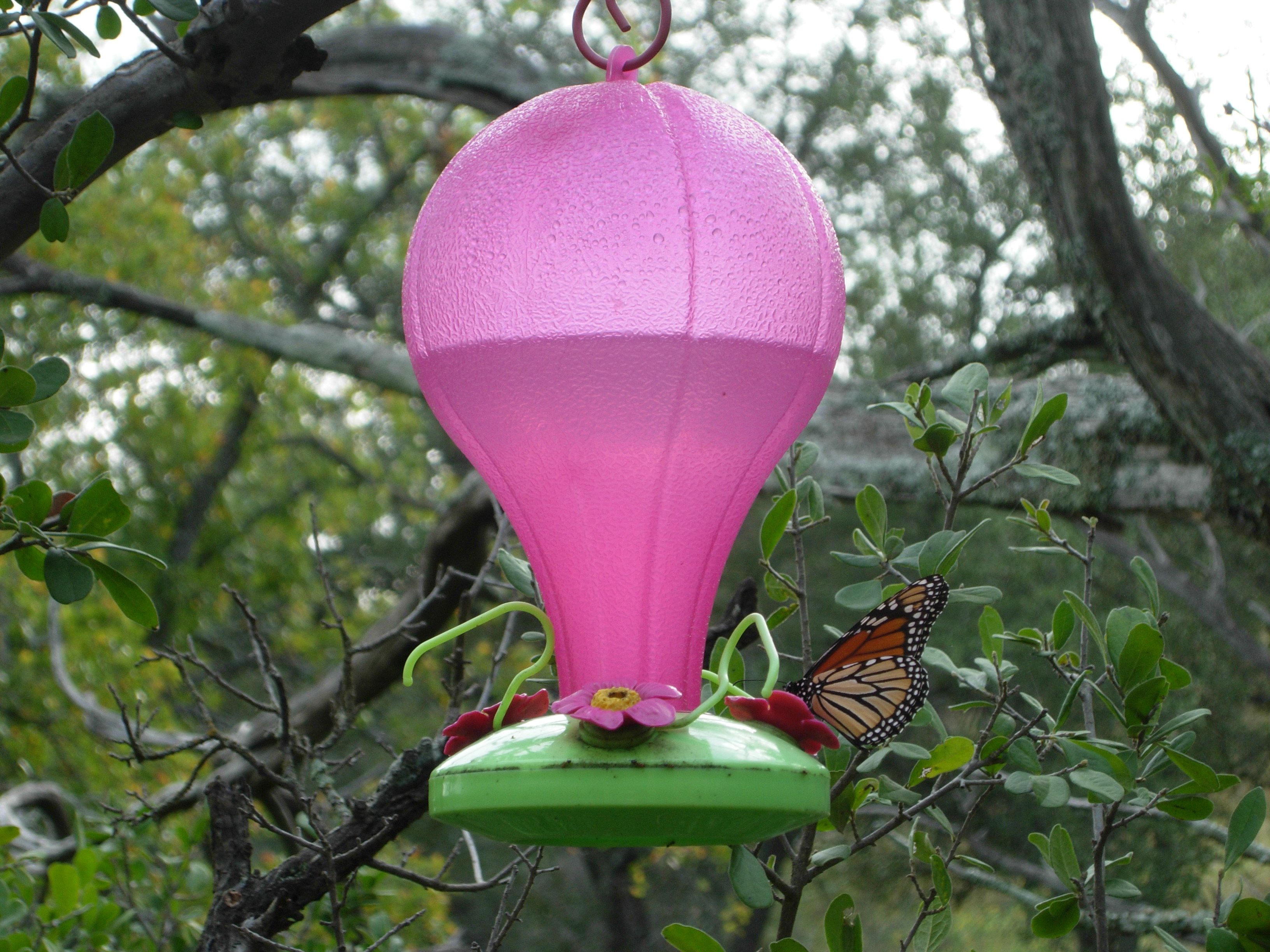Monarch Watch founder Dr. Chip Taylor characterized drought-stricken Texas as “1,000 miles of hell” for migrating Monarch butterflies who must funnel through our state to arrive at their ancestral roosts in Michoacan, Mexico. A glance at the drought monitor map below explains why.
Taylor made the observation in his fall Monarch butterfly population status report
this week in which he predicts the worst migration ever, Monarch numbers in steep decline and speculation that the roosting spots in Mexico will reach historic lows.

Monarch butterflies will have to be resourceful when migrating through drought-stricken Texas this Fall
Dr. Taylor has called Texas the “most important state” in the Monarch migration. Our state is indeed “the funnel” since Monarchs must fly through our neighborhoods and wildscapes to and from their roosts in Mexico. Millions of the flying insects pass through in April and October, hugging our Hill Country streams or the humid coastline. Scientists have expressed concern this year about the interminable drought that has left us parched and relatively nectarless.
With many Texas streams and rivers severely compromised or completely dried up, the usual late season bloomers are absent this fall. That lack of flowering plants on the Monarchs’ home stretch here in Texas suggests those arriving in Mexico will have lower-than-average fat preserves, the stored energy that sustains them through the winter.

Monarch butterflies will find a red hot zone as they funnel through Texas during their annual Fall migration.
“It will be interesting to see how Monarchs cope with the lack of nectar and water as they move through Texas,” wrote Dr. Taylor. “Monarchs, like most insects, have hygroreceptors (sense organs that are sensitive to humidity gradients); therefore, when conditions are extremely dry, we might expect them to seek out the darkest and most humid habitats. If this plays out, most Monarchs will accumulate in drainages, along rivers, move in an out of forests, and around other water sources.”
That was the case last weekend on our stretch of the Llano River, sometimes called “the last wild river” in Texas. The Llano is down, for sure, but running. A slew of migrating Monarchs nectared on Frostweed, Water Hemlock, Swamp Milkweed, Goldenrod and even Purple Mistflower that bloomed after recent rains.
Taylor cites the widespread adoption of herbicide tolerant crops in the Midwest in recent years, drought and wildfire here in Texas, and continued habitat destruction everywhere as primary threats to the migration.
How can you help?
In an email exchange with Dr. Taylor, he suggested Texans water their lawns lightly early in the morning (only on your designated watering day, of course) IF you have a roost nearby. Try not to water actual flowers on nectar-providing plants, though, as you’ll wash the precious nectar away; water the leaves and ground only if possible.
“As to feeders, you could try to scatter Gatorade/JuicyJuice feeders, open (small) cups of applesauce, watermelon slices (at the level of flowerheads) in gardens,” said Dr. Taylor.
You can also plant milkweed in your yard and wildscapes. Wildflower planting season is coming up quick. More on that later.

I’m not sure about the Gatorade/JuicyJuice (i don’t even trust the ingredients in these to drink myself) feeders but I’m going to try sharing a few slices of watermelon! We have many monarchs coming thru our farm on the main Llano River – we were happy they arrived for our friend from Xerces Society visit. My family & coworkers are enjoying learning more about these little fluttery friends! Thanks Monika for your wonderful articles — hope to see you again in Austin in a few weeks for the Lady Bird Johnson Wildflower Center Fall Plant & Seed Sale!!
Ha, that’s a good point, Emily. They seem to be arriving earlier than expected. We’ll do our best to make them feel welcome. I’ll look for you at the seed sale. Thanks for writing!
I see several in my garden about every other day. I do my best to keep the birdbaths fresh and filled, but I hadn’t thought of Juicy Juice feeders, although I did use Juicy Juice to feed newly emerged butterflies.
LOVELY DOF Susan! No fair, I want to raise butterflies! That’s so neat for your kddois to experience! Can’t wait to see pics of them ready to fly away!!
I’ve had them on the hummingbird feeders several times, and they will sometimes goto overripe watermelon but of course their first choice is nectar. Thanks for sharing.
[…] Watch founder Dr. Chip Taylor characterized drought-stricken Texas as ”1,000 miles of hell” for migrating Monarch butterflies. We’ll await official reports, but betting on dreary […]
[…] Watch founder Dr. Chip Taylor characterized drought-stricken Texas as ”1,000 miles of hell” for migrating Monarch butterflies. We’ll await official reports, but betting on dreary […]
[…] Watch founder Dr. Chip Taylor characterized drought-stricken Texas as ”1,000 miles of hell” for migrating Monarch butterflies. We’ll await official reports, but betting on dreary […]